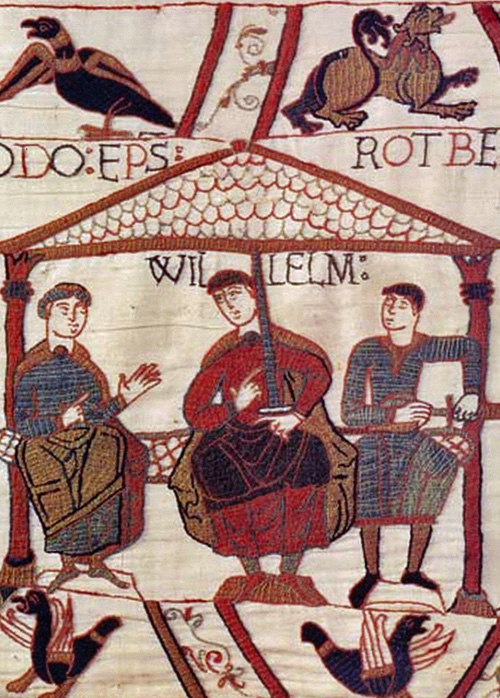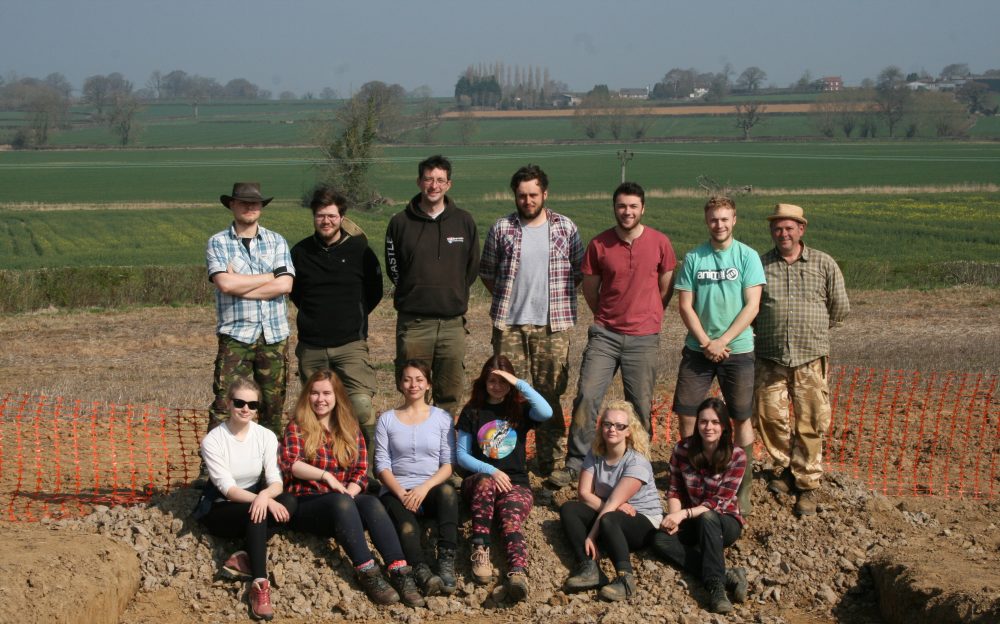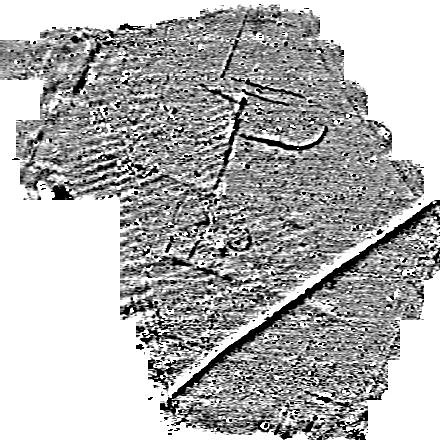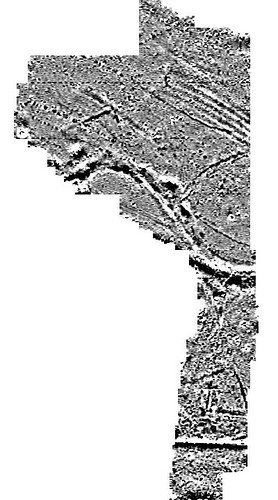Things have been relatively quiet up here in Newcastle. The site archive is currently sat in James’ office and he’s hoping to find some time to start writing the assessment report for last summer’s excavations.
We hope that our friends in SSARG and GeoFlo will soon be carrying out a small survey on the ploughed out deserted medieval settlement of Barrow.
James also recently found this interesting write up about some recent archaeological work at Montacute. Working in Lufton we’re always conscious of the ancient power centres around us – in the Iron Age Ham Hill and South Cadbury; in the Roman period Ilchester, and in the Middle Ages Ilchester, Yeovil and Montacute.
The twelfth-century Waltham Chronicle describes how a Dane called Tovi apparently dug a stone crucifix up on top of Montacute in 1030. This cross was given to Waltham Abbey where it survived until the Dissolution of the monasteries in the sixteenth century.

The Bayeux Tapestry showing William (centre) and his brothers Odo (left) and Robert (right)
Following the Norman Conquest Robert the Count of Mortain (William the Conqueror’s half brother) acquired Montacute and constructed a Motte-and-Bailey castle atop the ‘Steep HIll’ (Mons Acutus). The castle was besieged by the men on Somerset in 1068 but their attack was defeated by the Normans. In 1102 the lands were given to the Cluniacs who founded Montacute Priory.
What did the people of Lufton and Barrow think of these events?

An aerial photo from the 1940s showing the earthworks of the motte-and-bailey on Montacute. Today this site is largely hidden by tree cover.






